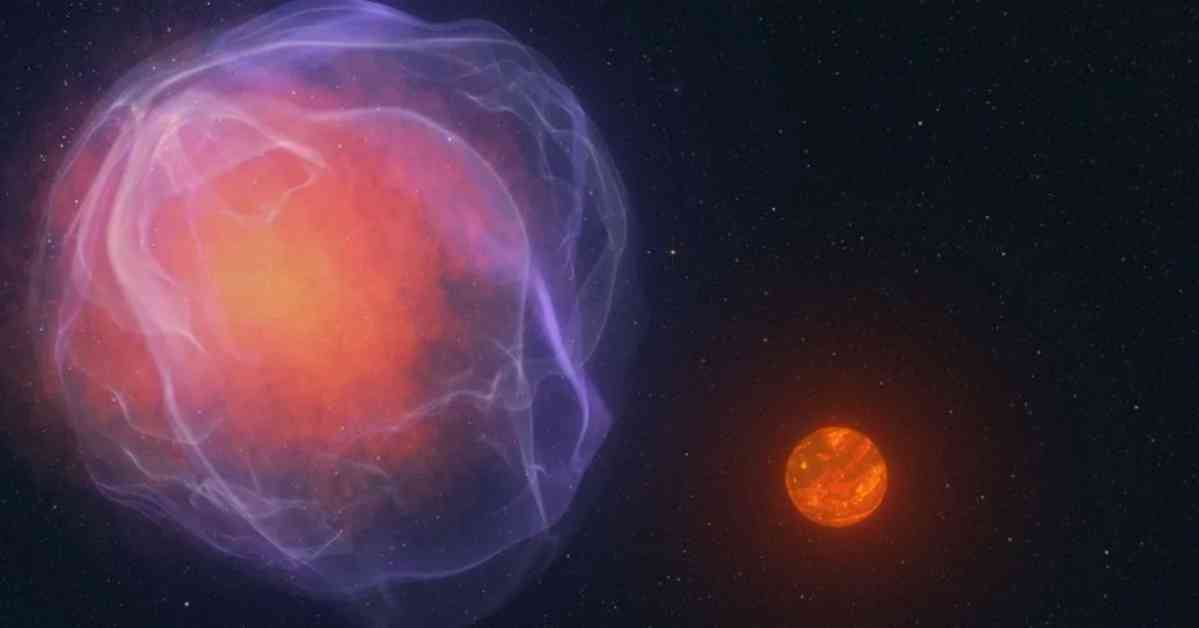An enormous celestial object over 27,000 times larger than Earth has been discovered hurtling through the galaxy at mind-boggling speeds, threatening to escape the Milky Way altogether. This mysterious object, believed to be a ‘brown dwarf,’ is estimated to have a mass around 80 times the size of Jupiter, straddling the line between a star and a brown dwarf, often referred to as a ‘failed star.’
The Discovery of a Hypersonic Rogue Object
The rogue object, named CWISE J1249, was first spotted by a group of citizen-scientists working in collaboration with NASA’s ‘Backyard Worlds: Planet 9’ project. The discovery has left scientists and astronomers in awe of its incredible velocity, hurtling through space at speeds exceeding 1,200,000 mph, nearly 1,500 times the speed of sound.
German citizen-scientist Martin Kabatnik, a dedicated member of NASA’s Backyard Worlds program, expressed his excitement at the discovery, stating, “I can’t describe the level of excitement. When I first saw how fast it was moving, I was convinced it must have been reported already.”
Theories Behind the Hypersonic Speeds
While the exact cause of the object’s rapid acceleration remains unknown, scientists have put forth several theories to explain its velocity. One possibility is that the object was ejected from its solar system following the collapse of a nearby ‘white dwarf’ star, triggering a supernova event.
Another hypothesis suggests that the rogue object may have been flung free from the gravitational pull of a black hole, propelling it into intergalactic space. NASA astronomer Dr. Kyle Kremer elaborated on the dynamics of such interactions, stating, “When a star encounters a black hole binary, the complex dynamics of this three-body interaction can toss that star right out of the globular cluster.”
Astronomical Observations and Future Studies
Following the citizen scientists’ discovery, a team of astronomers conducted further observations using the Keck I Telescope located on Maunakea, Hawai’i. Team leader Adam Burgasser revealed, “We discovered a very low-mass object, right on the star/brown dwarf mass boundary, that has an extreme velocity, moving fast enough that it may actually be unbound to the Milky Way galaxy.”
The newfound object, located a mere 400 light-years away, joins a group of ‘hypervelocity’ stars that have been identified in recent decades. This discovery opens up new avenues for studying brown dwarfs in remote regions of the Milky Way, including its center, halo, and various clusters and satellites.
In conclusion, the mysterious ‘failed star’ hurtling through space at phenomenal speeds presents a fascinating opportunity for astronomers to delve into the complexities of celestial dynamics and explore the boundaries of our galaxy. The ongoing research and observations surrounding this rogue object promise to unveil new insights into the vast expanse of the universe.












